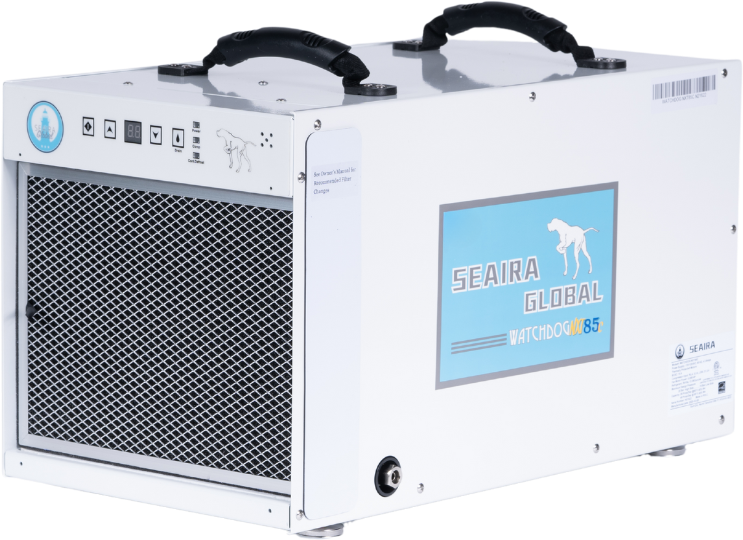404
Humidity Alert: Page Not Found
Low Humidity
Ideal
High Humidity
Dehumidifier Control Panel
Looking for a Dehumidifier Solution?

WatchDog 550
Our most compact crawl space dehumidifier, perfect for areas up to 10,000 cubic feet.
Learn more
WatchDog NXT85c
High-capacity solution removing up to 85 pints of moisture per day with a built-in pump.
Learn more
Stealth 70
Ultra-quiet operation at just 47 dBA, perfect for noise-sensitive environments.
Learn more